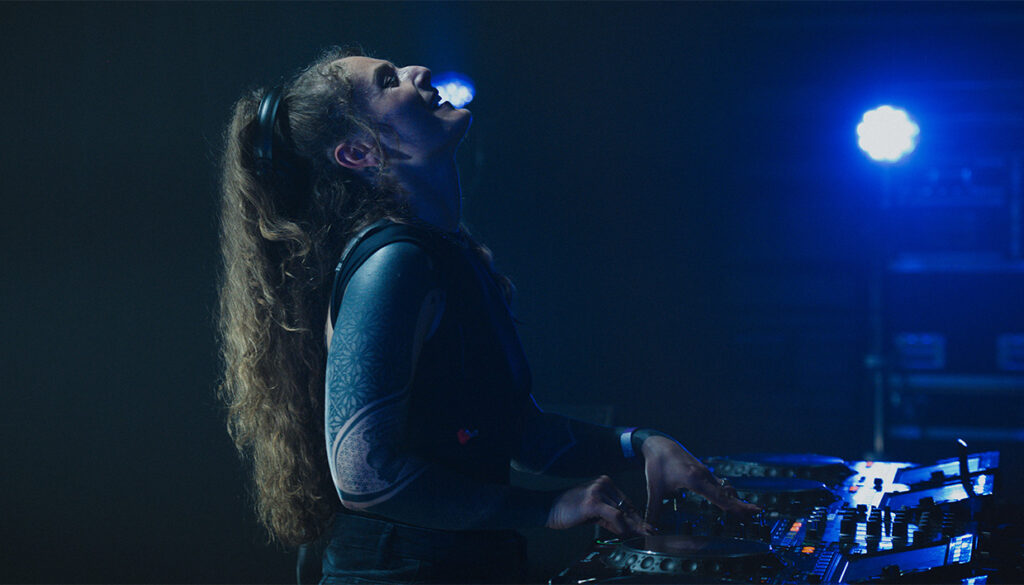One of the strengths of working with machines, but also sometimes a challenge, is how fast and spontaneous everything can be. There’s no space for overthinking in the moment; you just follow your creativity and keep layering ideas. I love that part of the process because, for me, it’s entirely emotion-driven. I don’t overanalyze, I just do what feels right in the moment. It’s pure creativity.
I’m someone who’s naturally very inspired, so ideas tend to come to me quickly. But once I’ve gone through that initial phase with the Mikro, where I’ve built up patterns and stacked different elements, I need to step back and filter. I can’t just leave everything in there.
I actually like my productions to be quite minimal, meaning that I want each sound to really have its place and fill the space intentionally. I often work with a kind of call-and-response dynamic between elements, rather than layering too many things that compete with each other.
Once I’ve laid everything out, that’s when the real work of selection begins. Deciding what stays, what works together, and what doesn’t. And honestly, that’s one of the hardest parts. Sometimes you love everything you’ve made, so choosing what to cut can be tough.
As for working with my hands, it actually makes the creative flow even more intense. It sparks a lot of spontaneous ideas. Then it’s up to me to decide which ones truly serve the track. The rest, I either let go of or save for a future project.
Pro tip from Marion Di Napoli: Make mistakes. The advantage of using a controller is that you can always go back and fix things. Missing the beat and hitting the wrong note is okay. Keep playing, you can always adjust later.




